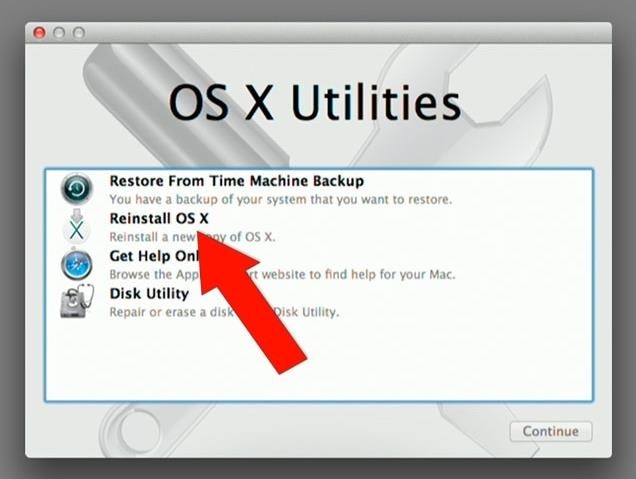Herdn Mac OS
Bing helps you turn information into action, making it faster and easier to go from searching to doing.
The Multiagency Coordination System (MACS) and Emergency Operations Centers (EOCs)

The primary function of the Multiagency Coordination System (MACS) is to coordinate activities above the field level (or incident level). In doing this, common functions of the MACS include: 888poker home game.
- Situation Assessment
- Incident Priority Determination
- Critical Resource Acquisition and Allocation
- Policy Support
- Coordination with other MACS Elements
- Coordination with Elected, Appointed, and Senior Officials
- Information Management and Common Operating Picture Maintenance
- This course is an expert-level four-day training course, designed for participants who are somewhat familiar with the principles of digital forensics and who are seeking to expand their knowledge base on macOS and the forensic analysis of devices using the APFS file system and AXIOM. Examiners will investigate a scenario dealing with a misconfigured web server that allowed hackers to exploit.
- AccessAgility Blog. Our blog covers a wide range of tech topics, concentrated in the WiFi field. We enjoy writing about the latest trends and technologies being developed for enterprise WiFi deployment, as well as discussing the How To's / Basics of providing WiFi to businesses.
The two most commonly used elements of MACS are Emergency Operations Centers (EOCs) and Multiagency Coordination (MAC) Groups. EOCs are the entity from which the coordination of information and resources to support incident management at the Incident Command Post (on-scene or field level activities) occurs. MAC Groups are policy setting entities typically comprised of agency administrators/executives, or their designees. Under the National Incident Management System (NIMS), neither an EOC nor a MAC Group has any direct incident command involvement and they will often be located some distance from the incident scene.
Contrary to popular belief, there is no requirement for EOCs to implement and organize around ICS. You are (not) welcome here mac os. EOCs may be organized by:
- Major discipline (e.g., fire, law enforcement, or emergency medical services);
- Emergency support function (e.g., transportation, communications, public works and engineering, or resource support);
- Jurisdiction (e.g., city, county, or region); or,
- More likely, by some combination thereof.
Regardless, an EOC should be organized to facilitate effective incident coordination and support in accordance with applicable laws, policies, ordinances, statutes, etc., that govern incident management and coordination in the jurisdiction the EOC serves. It is this non-standard approach that makes it difficult to develop standard EOC training. For this reason, EMSI’s seasoned cadre stands ready to help tailor EOC training to the unique needs and organization of your specific EOC. Our experience has found that this training is best conducted in a facilitated workshop format.
Look to the right for an offering of MACS training but we recommend contacting us to talk about your EOC training needs. Sojourn (valkyriejam) mac os.
Is your Mac up to date with the latest version of the Mac operating system? Is it using the version required by a product that you want to use with your Mac? Which versions are earlier (older) or later (newer, more recent)? To find out, learn which version is installed now.
If your macOS isn't up to date, you may be able to update to a later version. Doubledown free chip codes.
Which macOS version is installed?
From the Apple menu in the corner of your screen, choose About This Mac. You should see the macOS name, such as macOS Big Sur, followed by its version number. If you need to know the build number as well, click the version number to see it.
Herdn Mac Os 11
Which macOS version is the latest?
Herdn Mac Os X
These are all Mac operating systems, starting with the most recent. When a major new macOS is released, it gets a new name, such as macOS Big Sur. As updates that change the macOS version number become available, this article is updated to show the latest version of that macOS.
Herdn Mac Os Catalina
If your Mac is using an earlier version of any Mac operating system, you should install the latest Apple software updates, which can include important security updates and updates for the apps that are installed by macOS, such as Safari, Books, Messages, Mail, Music, Calendar, and Photos.
| macOS | Latest version |
|---|---|
| macOS Big Sur | 11.3 |
| macOS Catalina | 10.15.7 |
| macOS Mojave | 10.14.6 |
| macOS High Sierra | 10.13.6 |
| macOS Sierra | 10.12.6 |
| OS X El Capitan | 10.11.6 |
| OS X Yosemite | 10.10.5 |
| OS X Mavericks | 10.9.5 |
| OS X Mountain Lion | 10.8.5 |
| OS X Lion | 10.7.5 |
| Mac OS X Snow Leopard | 10.6.8 |
| Mac OS X Leopard | 10.5.8 |
| Mac OS X Tiger | 10.4.11 |
| Mac OS X Panther | 10.3.9 |
| Mac OS X Jaguar | 10.2.8 |
| Mac OS X Puma | 10.1.5 |
| Mac OS X Cheetah | 10.0.4 |